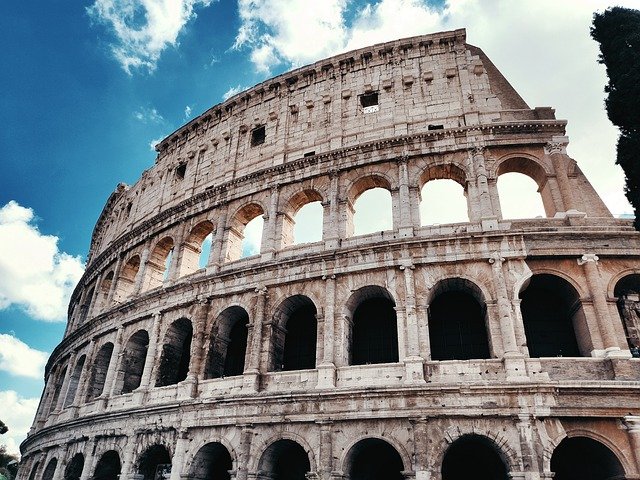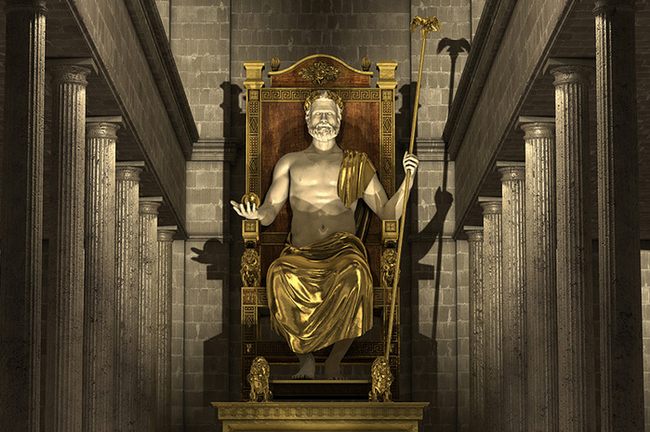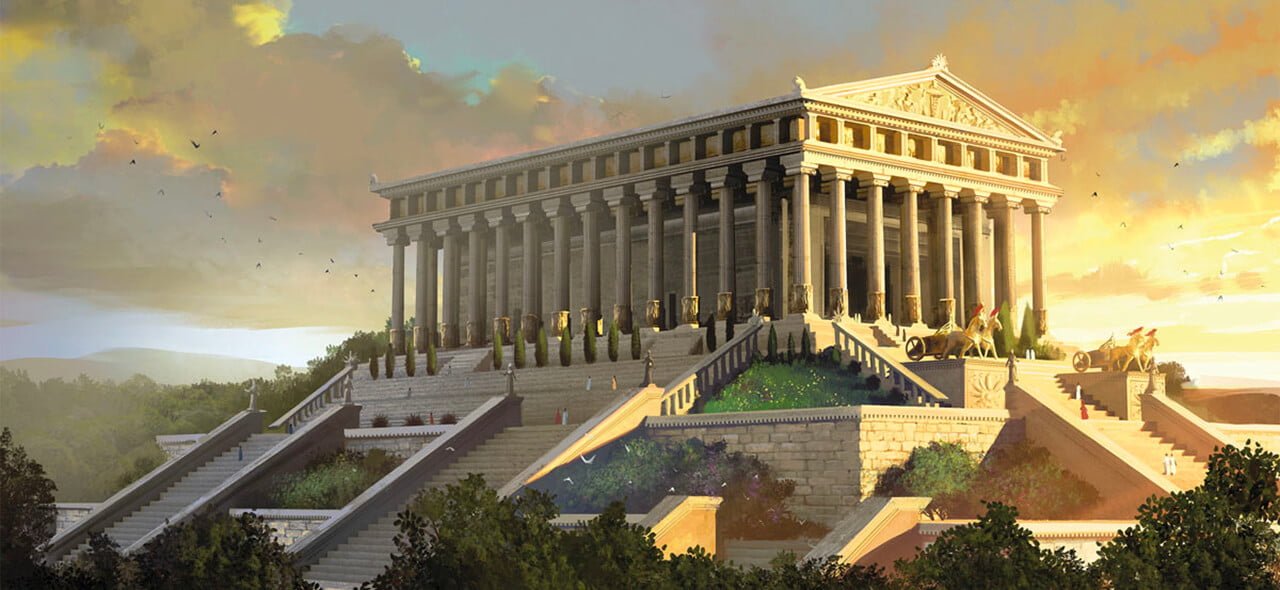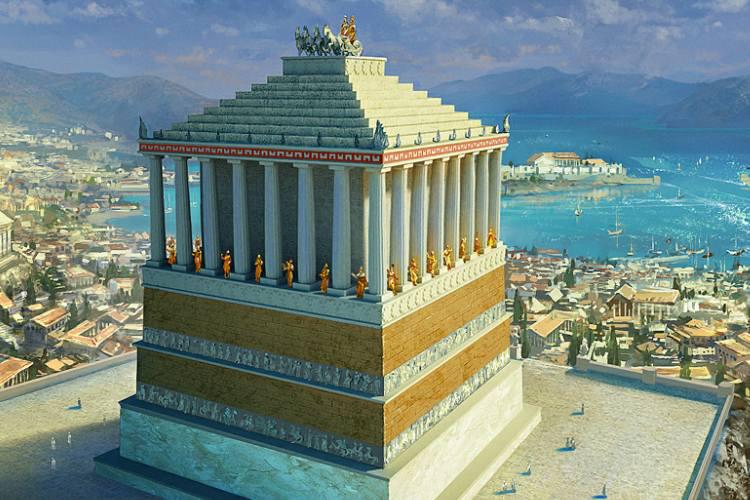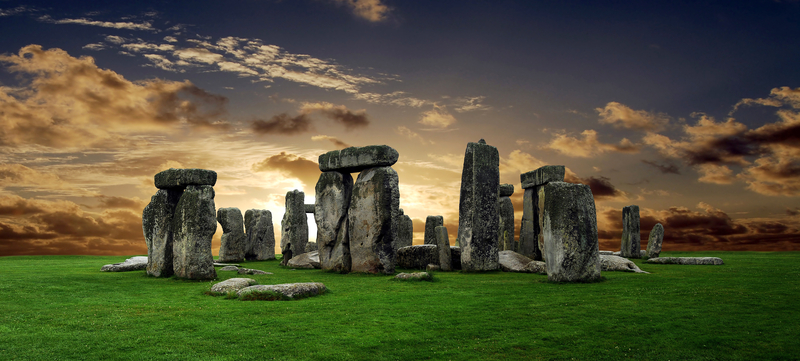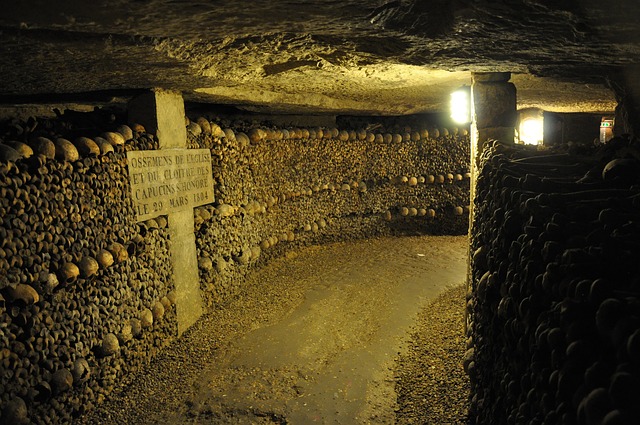The Colosseum is a famous amphitheater that resides directly in the heart of Rome, Italy. It is the largest amphitheater in the world and is constructed from concrete and sand. The construction of the amphitheater began around 72 AD under the instructions of the emperor Vespasian and was continued by his successors. The famous emperors to undertake this project were Vespasian, Titus, and Domitian. These three emperors were also known as the Flavian dynasty and the amphitheater’s Latin name derives from this family association.
It is estimated that the Colosseum could seat between 50,000-80,000 onlookers and produced an average audience of 65,000. This large audience was attributed to gladiator contests, and other public spectacles. The colosseum was home to some of the following activities: gladiator contests, mock sea battles, animal hunts, mythological dramas, reenactments of famous battles, and public executions. Later there was a decrease in activity during the early medieval era and was later used as religious shrines and fortresses.
Construction
Construction of the Colosseum began after the reign of Nero. The land that the Colosseum was built on had been seized by Nero, and by building this Colosseum the new emperor felt he was giving the people back some of their land. Gladiator schools and other buildings were constructed in the surrounding area. Vespasian chose to have the Colosseum built in the center of Rome, instead of on the outskirts like many other amphitheaters. This was seen as a sign that it was meant to be the heart of Rome.
The building of the Colosseum was funded from spoils taken during the Siege of Jerusalem following the Great Jewish Revolt of 70 AD. 100,000 prisoners of Jewish descent were brought back to the Roman Empire to help provide the workforce that was needed for such a massive project.
Three stories were completed before the death of Vespasian in 79 AD. His son Titus took over the project and held the inaugural games in 80 or 81 AD. Many historical recounts boast of thousands of animals being slaughtered for entertainment in the first games. Commemorative coins were dispersed during the games. However, the Colosseum construction wasn’t complete. Vespasian’s younger son, the Emperor Domitian continued with construction and introduced the hypogeum. The hypogeum is a series of underground tunnels used by slaves and animals. In addition, Domitian had a gallery constructed at the top of the Colosseum amphitheater to provide more seating.
The Legacy
The Colosseum has weathered many years and is still around today. Damage to this structure has been attributed to earthquakes, the weather, and stone robbers. It is still one of the most iconic symbols of Rome. It provides a world famous tourist attraction it also sees its depiction on the Italian five cent euro.
Christianity has staked a claim in the Colosseum. It is viewed as a place of martyrdom as Christianity was heavily persecuted in the Imperial Roman era. To this day, the Pope leads a Good Friday procession that ends at the Colosseum.
Other Facts
- It was built in the center of Rome. It could hold 50,000 people at one time. The Colosseum design is said to be inspired by the Greek Amphitheater.
- Over 1 million animals were killed during the operation of the Colosseum. Over 400,000 gladiators died there as well according to records (because it’s almost impossible for historians to know every single person who fought).
- Concerts have been performed at the Colosseum by Paul McCartney, Ray Charles, Andrea Bocelli, and Elton John.
- The Colosseum was used for about 390 Years
- It is open to the public with an entry fee and guards, but there are many rules one must follow when inside such as no touching of anything, staying on specified paths, etc. Officials also sometimes hold events at Colosseum such as fun runs or even wrestling matches.
- The Colosseum is the most visited paid attraction in Rome and has also been used for movies.
The Colosseum is still standing today nearly 2000 years after it was built. It has been used for many types of entertainment, but also to display the power and strength of Rome. The Colosseum is the most visited paid attraction in Rome and has also been used for movies. To this day the Colosseum is one of the most famous landmarks in Italy standing for wealth, power, strength, knowledge, and culture.
The colosseum is an amazing structure that has withstood everything through time and now stands as a symbol for those who visit it daily. It can even be seen from outer space! It is truly one of a kind.















